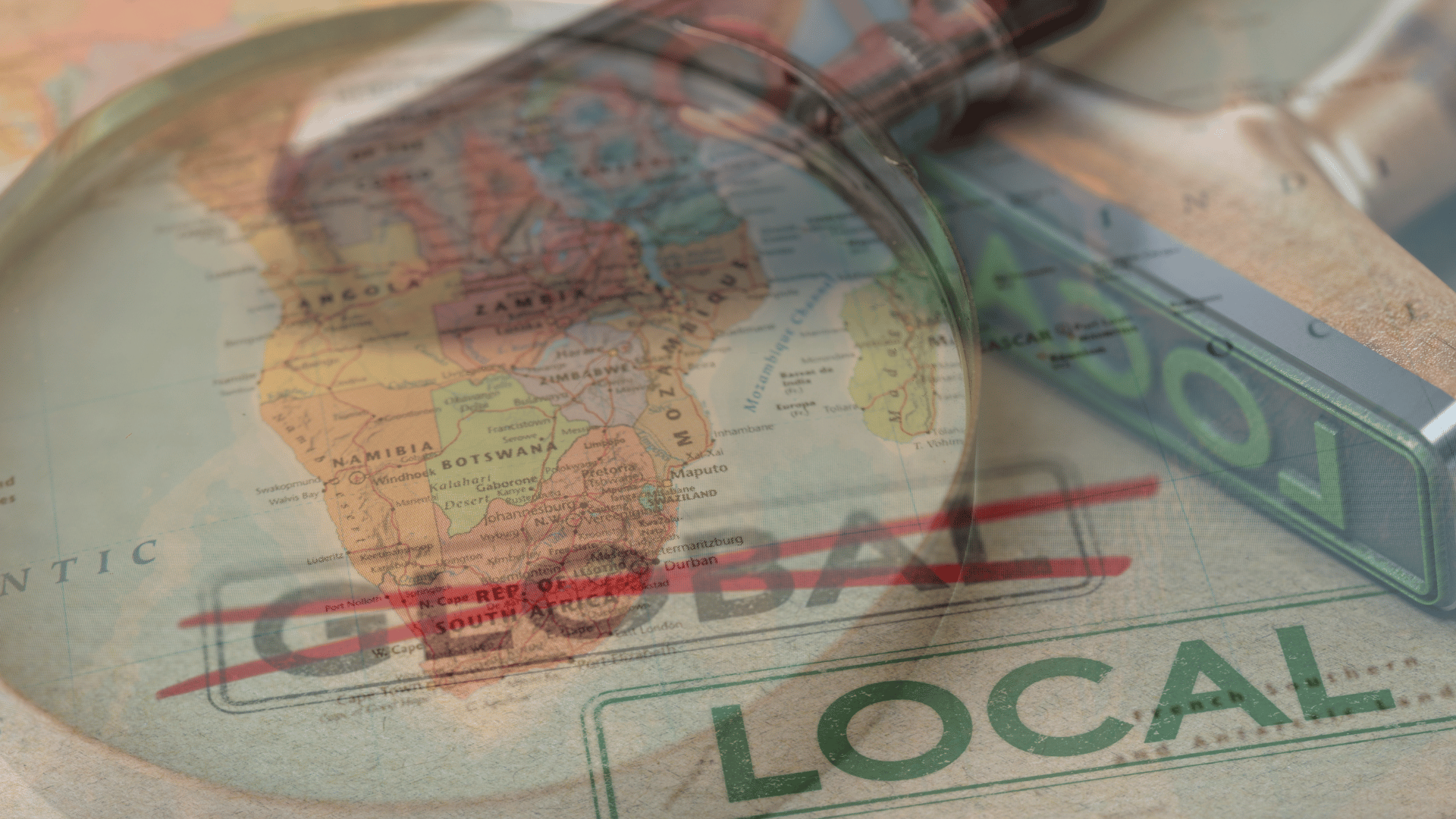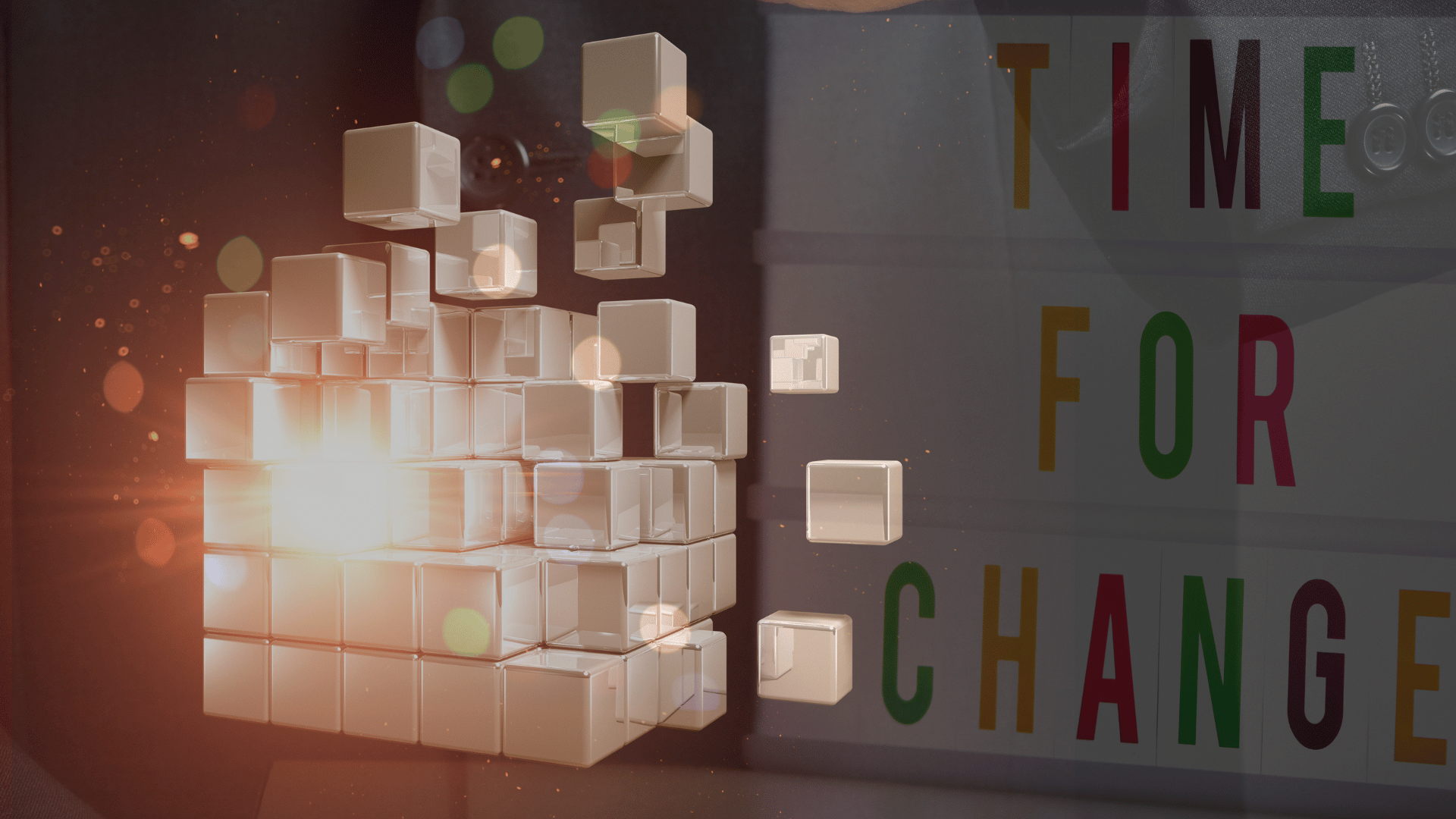South Africa's procurement landscape is being reshaped by a unique mix of global disruption and local reform.
After years of disjointed practices, corruption scandals, and fractured supplier ecosystems, 2025 has emerged as a reset year. The rollout of the Public Procurement Act, ESG pressures, and renewed urgency around SMME empowerment are forcing procurement professionals across public and private sectors to evolve — or risk irrelevance.
But this isn’t just a compliance game. There are clear opportunities ahead for organizations that act boldly and restructure their procurement for resilience, localization, and strategic value creation.


What’s Happening:
Following years of over-reliance on international suppliers and volatile FX-exposed imports, South African firms are shifting focus inward. Encouraged by government localisation policies, rising port delays, and Transnet’s underperformance, CPOs are pivoting to build domestic supplier ecosystems.
Case Example:
Companies like Heineken SA (with their new barley supply localization program in partnership with Soufflet Malt) are reengineering their input chains from farm to factory to fridge — proving that local doesn’t mean inferior, it means agile and sustainable.
What to Watch in 2025:
-
Incentives tied to local content thresholds (e.g. in energy, rail, agro-processing).
-
Collaborative supplier development platforms that mentor township-based micro-enterprises.
-
Shift from “lowest cost” to “total value” procurement metrics.
What’s Happening:
South African businesses are beginning to see AI not just as hype, but as a practical tool. From spend classification to supplier performance tracking, local pioneers are using AI to cut time and boost insights across the source-to-contract lifecycle.
Local Context:
Platforms like EPI-USE Labs, GEP Smart, and South African-led AI tools (built in Notion, PowerBI or custom Python models) are automating what used to be spreadsheet hell. Public procurement is also exploring AI to flag red-flag patterns in tender awards.
What to Watch in 2025:
-
Growth of no-code procurement dashboards for SMMEs.
-
AI-based negotiation prep tools using historical tender data.
-
Enhanced visibility into ESG risk using satellite or supplier geo-data.


What’s Happening:
South African corporates are now embedding ESG clauses in RFPs and contracts — driven by shareholder mandates, the Climate Change Act of 2024, and a shift in consumer consciousness.
Example:
Retailers like Woolworths are demanding certified ethical sourcing across their supply base, including black-owned farms and female-run cooperatives in Limpopo and the Western Cape. In mining, Anglo American’s carbon-neutral procurement goals are setting new benchmarks.
What to Watch in 2025:
-
Procurement scorecards including climate and biodiversity impact.
-
Supplier audits for human rights and water usage in high-stress regions.
-
Government tenders requiring ESG self-assessments to qualify.
What’s Happening:
The aftermath of COVID-19, global wars, cyberattacks, and port strikes has forced companies to view procurement through a risk lens, not just a cost lens. 2025 is about operational continuity and resilience.
Case-in-Point:
An Eastern Cape automotive supplier shifted 20% of their procurement to dual-sourcing from both local and SADC partners after the Durban port bottleneck cost them R12m in lost output over six weeks.
What to Watch in 2025:
-
Wider adoption of supplier risk tiering frameworks (geographic, political, environmental).
-
Real-time alerts from supply chain monitoring tools integrated into ERP systems.
-
Uptick in risk-adjusted total cost of ownership (TCO) models.


What’s Happening:
This landmark legislation is redefining how every government-linked entity buys. But in reality, it’s setting new norms for the private sector too.
Key Shifts:
-
A new Public Procurement Regulator will enforce compliance.
-
Government buyers must create annual procurement plans tied to service delivery.
-
Preferential procurement clauses will be enforced — not optional.
Why It Matters:
Businesses looking to supply public entities now need to structure proposals with clear transformation credentials, local content, and ESG alignment — or risk being locked out.
What’s Happening:
Too many South African organisations still procure reactively, without a clear sourcing strategy per category. This leads to missed savings, supplier duplication, and internal friction.
Emerging Response:
Forward-thinking procurement teams are investing in category intelligence: analyzing spend, market capacity, and cross-departmental usage to drive better outcomes.
What to Watch in 2025:
-
Growth of Category Sprints (3–4 week focused sourcing blitzes).
-
Joint procurement across public sector departments or supply clusters.
-
Data-backed negotiation prep using live supplier price benchmarks.


What’s Happening:
Transformation is no longer just a BEE scorecard requirement. Large buyers are realizing the power of investing in long-term supplier partnerships with high-growth potential SMMEs, co-operatives, and youth-owned businesses.
Example:
A Joburg-based FMCG brand co-developed packaging materials with a township-based startup, reducing costs and improving lead times — while meeting B-BBEE targets in a meaningful way.
What to Watch in 2025:
-
Expansion of Enterprise & Supplier Development (ESD) integration into core procurement.
-
More co-investment programs in product innovation and capacity building.
-
“Inclusive Innovation” as a scoring criteria in RFP evaluations.
2025 is the year procurement in South Africa moves out of the back office and into the boardroom — not as a cost center, but as a strategic engine for resilience, localization, and inclusive growth. For businesses willing to adapt, the payoff isn’t just savings — it’s long-term relevance in a rapidly changing market.


